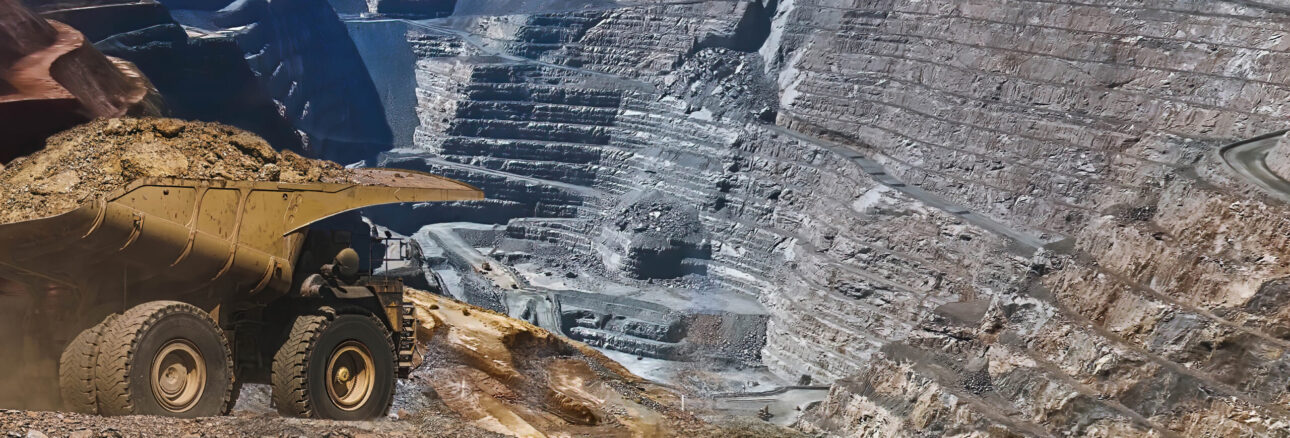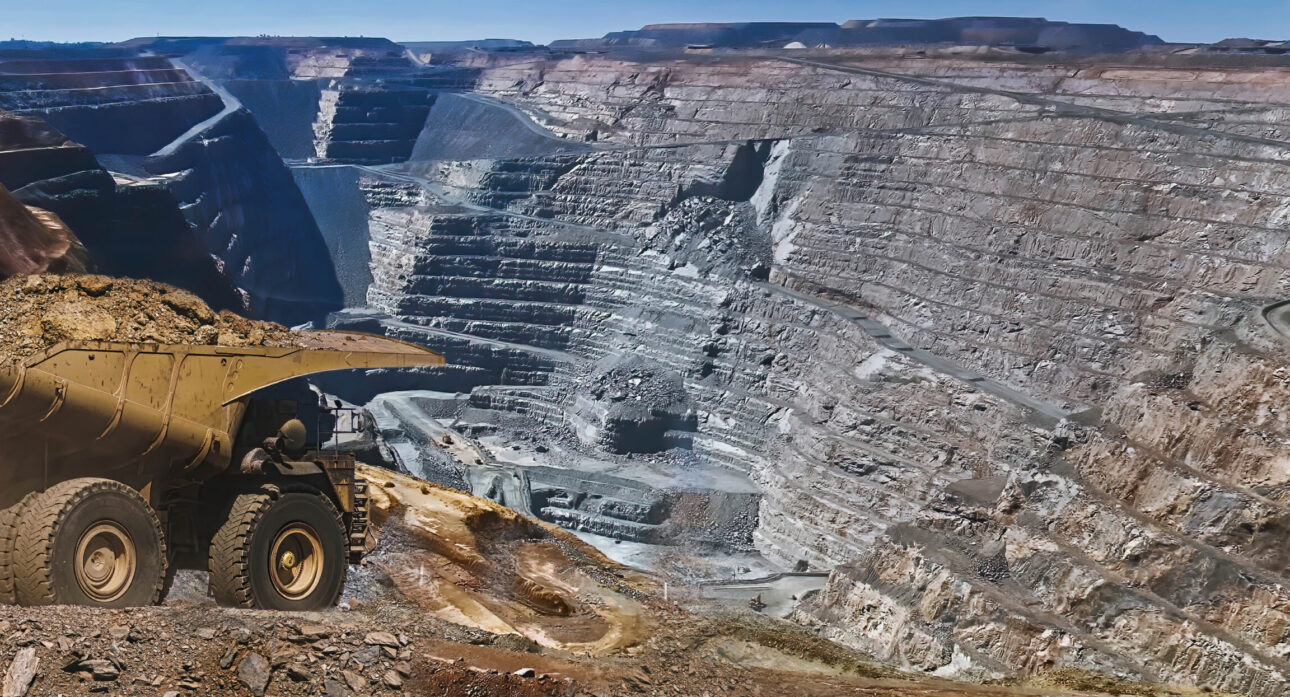Weekly Rare Earth Roundup with James Tekune – Week 9, 2024
Lynas Rare Earths reported H1 2024 results
Earlier this week Lynas posted its H1 2024 financial results, which showed a significant decline in revenues from H1 2023. The decline in revenue from $370M to $234.8M and profit after tax from $150.1M to $39.5M was largely expected as rare earth prices have trended almost steadily lower over the same period.
The company produced 5,175 tonnes of TREO in H1 2024, a whopping 46.9% of which was NdPr oxide, down from 7,957 tonnes in H1 2023, a lower 32.1% of which was NdPr oxide. Lynas reported sales of 6,617 tonnes of TREO in H1 2024, down 6.1% from H1 2023, but still 27.9% more than it produced during the period, helping boost profits above expectations.
Lynas completed works on its Malaysia separation plant in late calendar 2023 boosting NdPr oxide separation capacity to 10,500 tonnes per annum.
Adamas take: By selling down inventories, Lynas managed to eke out a modest profit in H1 2024 while completing upgrades in Malaysia and commissioning at Kalgoorlie. Should low prices persist through H2 2024, Lynas may begin to feel the strain.
MP Materials reported Q4 2023 results
Last week MP Materials announced Q4 2023 financial results. The company reported a loss of $16M due to slumping rare earth prices and lower production attributed to the ongoing transition to production of NdPr oxide. MP’s realized selling price of $5.62 per kg TREO in concentrate was down 34% year-over-year, pulled lower by a ~38% drop in NdPr oxide price over the same period.
The company reported 150 tonnes of separated NdPr oxide production in the quarter, up from 50 tonnes the quarter prior. MP started trial production of NdPr alloy in 2023 and is working towards the start of commercial metal production at its magnetics facility in Fort Worth, Texas.
Adamas take: NdPr oxide prices are nearing the marginal cost of production in China and it’s no surprise western producers are feeling the pinch too.
China’s magnetics industry was slow to restart following the LNY holiday and restocking has been delayed putting downward pressure on prices.
With the exception of some consumer segments, terminal demand for NdFeB remains strong overall suggesting magnet makers will soon return to the market, adding fundamental impetus for a turnaround in prices.
Iluka increased development cost guidance for Eneabba
Last week, Iluka Resources reported its 2023 calendar year results. The company announced a net profit of $341M for the year with a robust 47% profit margin.
With operating cash flow of $347 million and capital expenditure of $281 million, the company capped off the year with a $308 million cash position in its mineral sands business and $83 million debt in its nascent rare earths business.
Notably, Iluka reported that it’s close to completing the FEED for its Eneabba project with further updates to come at the end of March.
After raising the prospect late last year, Iluka confirmed that development of the Eneabba rare earths refinery is now expected to come in at A$1.7 to A$1.8B, up from A$1.0 to A$1.2B projected in 2022.
Adamas take: In general, large CAPEX rare earth projects have a reputation for cost blowouts but in the current inflationary economic environment, it’s not hard to understand why some of Australia’s projects are overrunning estimates.
Irrespective, Eneabba is one of Australia’s most important and strategic projects. As such, securing additional government funding may be in the cards.
Minerals processing tax credit being mulled by Australian govt
This week Warren Pearce, CEO of the Association of Mining and Exploration Companies (AMEC), said at a news conference that a 10% tax credit for critical mineral processing facilities is under serious consideration by the Australian government for the 2024 budget.
Mr. Pearce noted that producers of nickel, lithium, cobalt, graphite and rare earths could be eligible for the credits if and when they become available.
In January, Australian Resources Minister Madeleine King confirmed that a production tax credit was indeed being considered but she could not guarantee it would be enacted.
Adamas take: The decline in prices of critical minerals has hit Australia’s nickel sector particularly hard as illustrated by BHP’s recent write down of $5.4 billion from their nickel unit.
BHP is also considering shutting down their Kalgoorlie nickel smelter, which is slated to supply low-cost sulphuric acid to Lynas’ Rare Earths’ Kalgoorlie facility.
The tax credit would help give embattled Australian producers a fighting chance in the current energy metals market.
Rainbow increases Phalaborwa project resource by 16%
This week Rainbow Rare Earths announced the project life of their Phalaborwa rare earth development project in South Africa has been increased from 14 years to 16 years.
In H2 2023, a drilling campaign of the project’s two phosphogypsum stacks and bulk density tests confirmed higher in-situ dry density at depth than the 1.2 t/m3 estimated in the previous MRE.
Consequently, the project resource has increased from 30.4Mt to 35.1Mt, adding two additional operating years. An updated JORC-compliant MRE will be released after grade assays are completed by SGS in South Africa.
Adamas take: Rainbow continues to advance its pot of gold at Phalaborwa with a steady flow of positive developments over the past two years in the face of challenging market conditions.
In January, the company announced the start up of its rare earth oxide separation pilot plant in Florida based on the CIX/CIC process developed by partner K-Technologies.
The process has been used widely in other sectors but remains unproven at commercial scale in the rare earths space. Ongoing piloting in 2024 will determine if Rainbow and K-Tech could change that.
Meteoric produces MREC sample from Caldeira clay project
This week Meteoric Resources reported first production of mixed rare earth carbonate (MREC) as part of ongoing metallurgical test work at its Caldeira clay project in Minas Gerais, Brazil.
The MREC, produced at the Australian Nuclear Science and Technology Organisation (ANSTO) testing lab, contained 57.3% TREO, of which 30.6% was NdPr oxide and 1.0% Dy and Tb oxide.
According to Meteoric, the MREC was produced using a low-CAPEX, low-OPEX standard ammonium sulphate (AMSUL) wash process at atmospheric pressure and temperature at pH 4.0 for 30 minutes.
Further bench testing to optimize leaching, impurity removal and REE precipitation processes is still ongoing with expected completion in May 2024. Thereafter, Meteoric will run a continuous mini pilot plant at ANSTO processing feed representative of the first 5-6 years of mining.
Adamas take: A promising start for Meteoric at Caldeira, which has already managed to better JOGMEC’s historic recovery rates at the project. Validation of the atmospheric AMSUL wash at bench scale is also encouraging.
Canada Rare Earth Corp ventures into the DRC
Canada Rare Earth Corp (CREC) announced this week that they have expanded rare earth sourcing operations into the Democratic Republic of Congo (DRC).
Simba Essential Minerals, CREC’s wholly-owned subsidiary, was incorporated in December 2023 to source rare earth mineral feeds primarily from the mineral-rich Kivu province.
To start, artisanal mining cooperatives in the DRC will supply CREC with 100 tonnes of rare earth mineral concentrate per month, ramping up to 500 tonnes monthly by mid-2024. CREC also plans to acquire up to three mineral concessions in the DRC by end of 2024 to complement the supply from artisanal miners.
According to CREC, the company will invest in state-of-the-art processing technology to improve production efficiency, reduce costs and ensure product quality.
Adamas take: According to the ‘Rare Earths Minerals Monthly’ intelligence service from Adamas, China imported 1,090 tonnes of high-grade monazite from the DRC in 2023. CREC’s strategy looks to add up to 3,300 tonnes to that total in 2024 alone.
Cyclic Materials recycling wind power gens and MRI machines
Earlier this week Cyclic Materials announced the broadening of their rare earth magnet recycling operations to also accept end-of-life wind power generators and MRI machines as feedstock.
37 MW’s worth of wind power generators and 116,000 pounds of MRI machines have already been sourced for processing at the company’s Kingston, Ontario pilot plant.
Magnets within the feedstock are first isolated using Cyclic’s proprietary Mag-Xtract technology. Hydrometallurgical processes then convert the magnet feed into mixed rare earth oxides, cobalt-nickel hydroxides and other raw materials.
Adamas take: Cyclic Materials’ pilot plant has capacity to process around 8,000 tonnes of feedstock per annum so securing access to magnet-rich feedstock like wind power generators and MRI machines is a major plus.
The cost of disassembly and liberation of magnets from end-of-life products is one of the main obstacles to REE recycling.
Cyclic’s Mag-Xtract overcomes this hurdle, and its magnet-agnostic downstream enables it to recover and capture value from a wider array of metals and materials than just REEs alone.
James Tekune, Associate at Adamas Intelligence
James is an Associate at Adamas focused on the global rare earths industry. He tracks and analyzes exploration and development projects, emerging processors and recyclers, and end-users around the world.
James has 3 years experience in mining and geophysics in the nickel, iron and gold sectors.
He completed his Bachelors of Science (Hons) in Geology at Laurentian University in Sudbury, Ontario. He also holds credentials in Finance and Geographic Information Science.
Rare Earth Market Intelligence:
Rare Earth Magnet Market Outlook to 2040
In this report, we provide a detailed overview of the global NdFeB alloy, powder, magnet and magnet rare earth oxide markets, including a breakdown of historical production, consumption and prices from 2015 through 2022. Next, we unravel the anticipated near-term impacts of the pandemic recovery on world markets and forecast global supply, demand and prices from 2023 through 2040.
Rare Earth Pricing Quarterly Outlook
The ‘Rare Earth Pricing Quarterly Outlook’ subscription-based report looks back on the rare earth market’s performance over the trailing three months and details Adamas Intelligence’s latest near-term and long-term rare earth oxide (“REO”) price forecasts to 2040.
Rare Earth Minerals Monthly
The ‘Rare Earth Minerals Monthly’ is a subscription-based report and data service for tracking global rare earth minerals trade, mineral concentrate prices, rare earth oxide prices, payability ratios, and other key developments on the supply- and demand-side of the market month-after-month.
EV Motor Materials Monthly
The ‘EV Motor Materials Monthly’ is a subscription-based report and data service for tracking motor demand, NdFeB magnet demand, and other key developments in the global EV traction motor market month-after-month, as they happen; by region, country, motor type, EV type, EV make, EV model and motor supplier, plus the latest developments in rare earth and NdFeB alloy prices.
Back to overview



